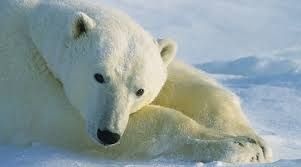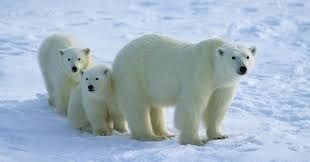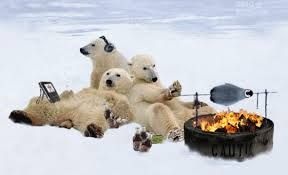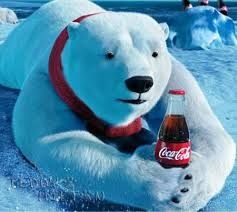A hungry Polar Bear comes out of its den into the cold wind and blowing snow. It runs on the thick ice until it reaches the water. Splash; the bear dives into the icy water for a long, cold swim. It swims with only its nose showing.

How do polar bears swim so comfortably in icy water? How do they run so easily on frozen land? In this lesson you will learn about the place where polar bears live, how they live there. Polar bears live in the Arctic. Polar bears must go from place to place to follow their prey. Sometimes they travel many miles by swimming in the water or riding on a big chunk of ice. If polar bears cannot find food in the water, they hunt on land. Polar bears have thick pads and fur on their feet to help them walk or run on slippery ice and snow. Bears do not usually eat plants. But they will eat almost anything if they are hungry.

A polar bear’s white fur is a good camouflage. That means the bear is hard to see because its white fur blends with the white ice. A polar bear’s long neck and narrow skull aid in streamlining the animal in water, and their flat and oar-like front feet make them strong swimmers
Today, 25000 to 40000 polar bears are found in the Arctic area, Canada, Russia, Denmark and Norway. In the wild, polar bears live up to age 25. All polar bears are left-handed.

Polar bears are huge animals. Many polar bears grow to a length of nine feet. They can weigh up to 1600 pounds. They are so strong that they can kill a seal with one swipe of a paw. It is very dangerous for a person to get close to a polar bear. So, how do scientists get close enough to polar bears to study them? One way is by watching them through a powerful telescope or binoculars. From the top of a high cliff, scientists will often watch a mother polar bear teach her cubs to hunt seals at an ice hole. When polar bears are walking on the ice, scientists can use an underwater microphone to bring the sound of the bears closer.

( SHARAFAT SHEIKH )
Blogger: Bitlanders
Shaafi74786@gmail.com



